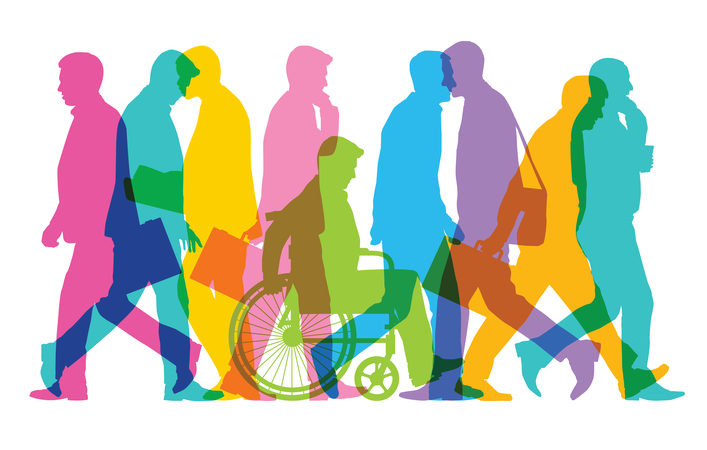Written by Carly Verbeke:
I have a friend who calls me every day on his way home from work. Usually it’s just to check up on each other, but the other day he started the conversation off like this: “None of us asked to be alive, the cost of living should be free!” and all I could do was sit there and process it for a second, because the only thing I was thinking was, you have no idea. I will preface this by saying that I love my life, and I love it as it is. I don’t mean to sound bitter, but the cost of living with a disability is much higher than the cost of living without one – and many people don’t realize the financial costs that accompany certain conditions.
While some of these costs are out-of-pocket expenses, others can be a loss of opportunity that impacts someone economically, though the actual dollar value is less clear. When considering these costs, things such as medications, hospitalization, and mobilization aids first come to mind. But those are only a few of the expenses people with disabilities face in day-to-day life. In my personal experience, the majority of the unforeseen costs of living with a disability came from my need for accessible housing, including ramps, accessible bathrooms with walk-in showers, and kitchens with low counters for wheelchair access. Not to mention the little things such as a stove with controls on the front, and a front loading washer and dryer. I also found myself having to spend extra on housing so I can live in an accessible apartment at a location close to where I work and go to school, that is also close to public transportation because I can’t drive. With all of those requirements, my cost of living shot up really quickly, and I was only able to find one complex that could truly accommodate me.

A thing that I’m really good at is accidentally damaging my wheelchair. I use a manual wheelchair with a kit attached to it to make it motorized. As such, it is not approved for outdoor use. This is something that I find absolutely ridiculous, because I don’t have the funds to buy a wheelchair that is approved for outdoor use, and my insurance won’t cover one. So, this leaves me with no way to actually live my life if I comply with the “don’t use this wheelchair outside” thing. I’m a really active person, so that isn’t going to work, and instead, it just breaks, which leaves me buying a back-up wheelchair out of my own pocket off of Amazon.
The thing is, though, I’m not the only disabled person who faces a higher cost of living.
Even people with disabilities who have well-paying jobs may find that their finances are tight. In a report done in October of this year, the Center for Disease Control and Prevention (CDC) estimated the lifetime costs for people with disabilities – including health care, lost productivity, education, and assistive devices – to range from $921,000 for persons with cerebral palsy, $383,000 for persons with hearing loss, and $601,000 for persons with vision impairment.
The good news is, there are programs to help adults and children with disabilities pay for some expenses. The bad news is, governments draw poverty lines at a level of income that they believe is sufficient to meet a minimum standard of living. Someone at the poverty line presumably has just enough resources to house, clothe and feed themselves at an acceptable level, and participate in the basic activities of being a citizen. When people with disabilities are forced to spend more on their necessities for living, they appear “on paper” to live above the poverty line. But in reality, they don’t have enough money to meet their own minimum standard of living due to the extra costs of life with a disability.

